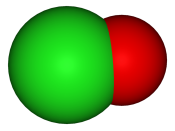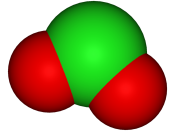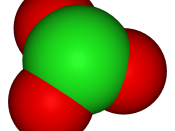Chemistry Test Notes
Protons:
Located inside the nucleus
Have a positive charge (1+)
Have a relative mass of 1
Neutrons:
Located inside the nucleus
Have no charge
Have a relative mass of 1
Electrons
Located outside the nucleus
Have a negative charge (1-)
Have a relative mass of 1/2000
Definitions
Atomic Number:
The number of protons in an atom
Determines the identity of the atom
Atoms are typically neutral, in this instance you can use it to determine the number of electrons
Mass Number:
Sum of protons and neutrons in an atom
Some isotopes occur in greater numbers then others
Protons + Neutrons = Mass Number
Isotopes:
Atoms of the same element with different mass numbers - meaning different neutrons then protons
Some isotopes occur in greater numbers than other
Atomic Mass:
The average mass of all isotopes
Standard Atomic Notations:
136C
13 is the mass number
6 is the atomic Number
C is the element Symbol
Bohr Rutherford Diagram
Electrons move in definite orbits around nucleus
Orbits located at certain distances from nucleus
Electrons cannot exist between orbits, but from one orbit to the other
The maximum number of electrons in the first 3 orbits is 2, 8,8.
Electrons are more stable when closer to nucleus.
C
Compounds
Name | Formula |
Nitric Acid | HNO3 |
Sulphiric Acid | H2So4 |
Muriatic Acid | HCl |
Ammonia | NH3 |
Bleach (SodiumHypochlorite) | OCl |
Water | H20 |
Lye (SodiumHypochlorite) | NaOH |
Lime (CalciumOxide) | CaO |
Baking Soda (Sodium Bicarbonate) | NaHC03 |
Carbon Monoxide | CO |
Carbon Dioxide | CO2 |
Ibuprofen | C13H18O2 |
Table Salt (Sodium Chloride) | NaCl |
Laughing Gas (Nitrous Oxide) | N2O |
Cupric Sulphate | CuSo4 |
CalciumHydroxide | C2CO3 |
Limestone (CalciumCarbonate) | CaCO3 |
Vinegar (Acetic Acid) | CH3COOH |
Hydrogen Peroxide | H2o2 |
Methane (Carbon Tetrahydride) | CH4 |
Molecular
Perform covalent bonds
Share Valence electrons
Ionic:
Form Ionic Bonds
Transfer electrons
If they lose electrons they are positively charged
They are...



Good notes
Well Done, I think these notes are very well written and quite informative for GCSE - A LEVEL exams. Though some of the notes are not needed in any kind of exam, it is still good to see that you have taken the time and care to make sure the information is relatively correct.
Good Work! =)
2 out of 2 people found this comment useful.